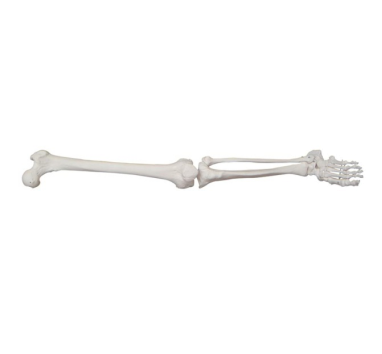Welcome to visitShanghai Chinon medical Model & Equipment Manufacturing Co., LTD
The anatomical model of lower limb muscle plays an important role in the field of medical research and education, especially in the study of muscle diseases, which has unique value as a teaching and research tool.

First of all, the anatomical model of lower limb muscles can intuitively show the structure and anatomical relationship of lower limb muscles. This is crucial for the study of muscle diseases, as many diseases involve structural and functional abnormalities of muscles. By looking at the model, researchers can get a clearer picture of how the disease affects muscle structure, as well as the interactions and connections between different muscles.
Second, anatomical models of lower limb muscles can also help researchers simulate real muscle movements. It is of great significance to study the pathogenesis and pathological changes of muscle diseases. By simulating the contraction and relaxation process of muscles, researchers can observe how muscles perform in different states, giving them a deeper understanding of the disease's impact on muscle function.
In addition, the lower limb muscle anatomy model can also be used as an experimental platform to study the treatment and rehabilitation methods of muscle diseases. For example, researchers can use models to conduct drug testing and observe the effects of drugs on muscle structure and function, thereby assessing the therapeutic efficacy and safety of drugs. At the same time, the model can also be used to study the impact of rehabilitation training on muscle function recovery, and provide scientific basis for clinical rehabilitation.
However, it should be noted that although the lower limb muscle anatomical model has many advantages, it also has certain limitations. For example, the model cannot fully simulate the physiological and pathological state of the real human body, so it may be biased in some cases. In addition, the model cannot completely replace the real human experiment, so it is necessary to combine other experimental means and methods for comprehensive analysis in the research process.
In conclusion, the anatomical model of lower limb muscle has important application value in the study of muscle diseases. Through the use of models for intuitive display, simulation experiments and drug testing and other research means, we can have a deeper understanding of the pathogenesis and pathological changes of muscle diseases, and provide scientific basis for disease prevention, diagnosis and treatment.